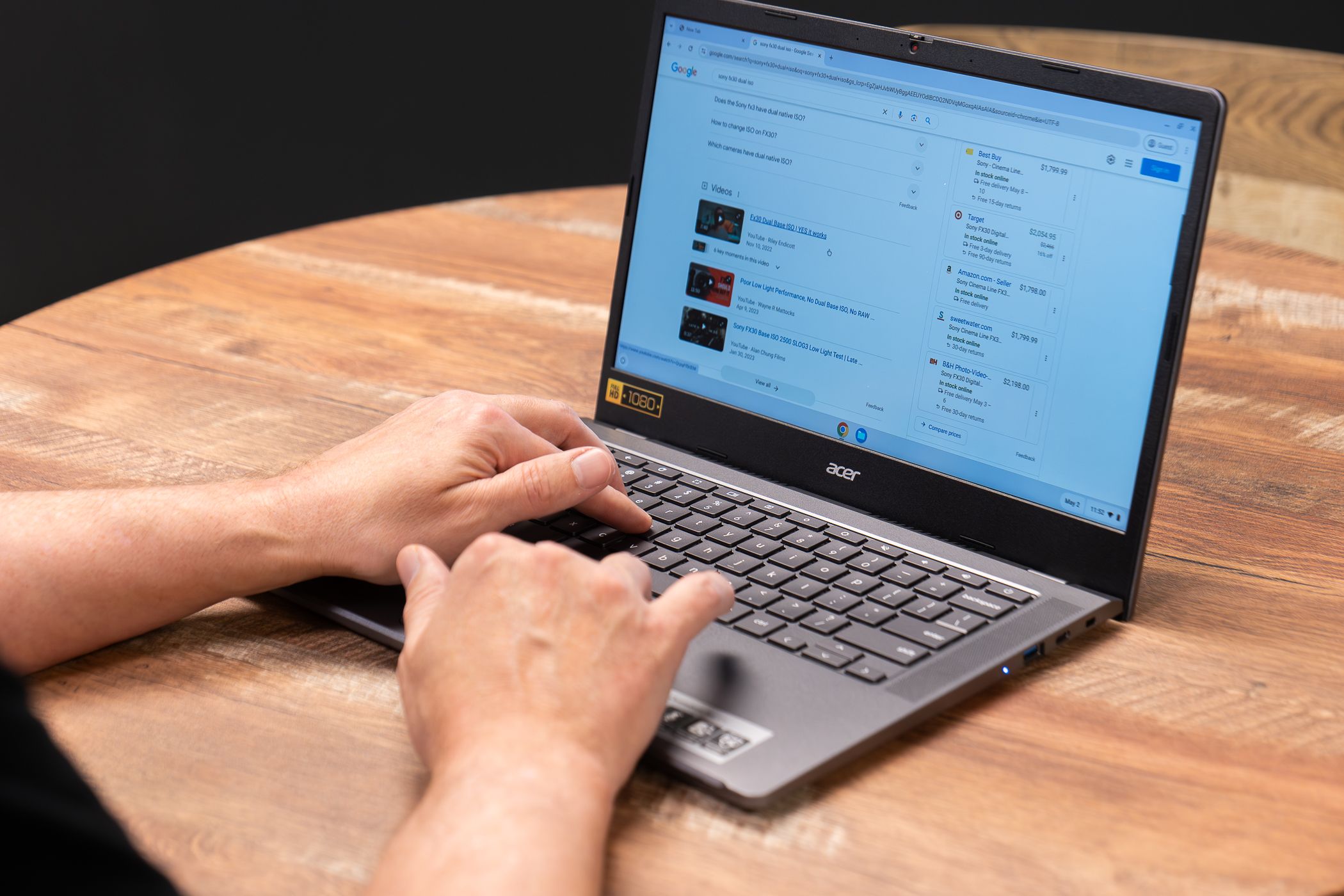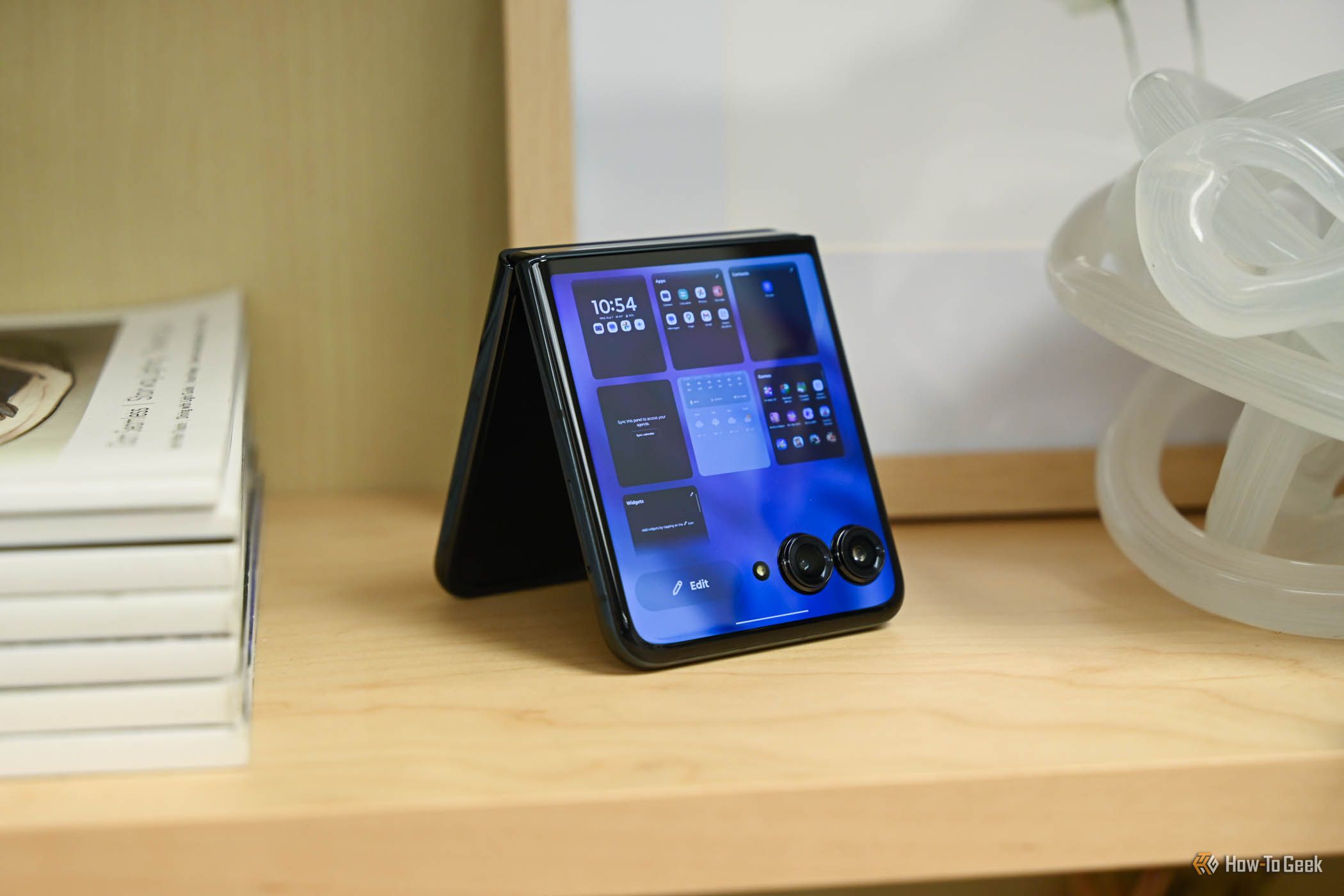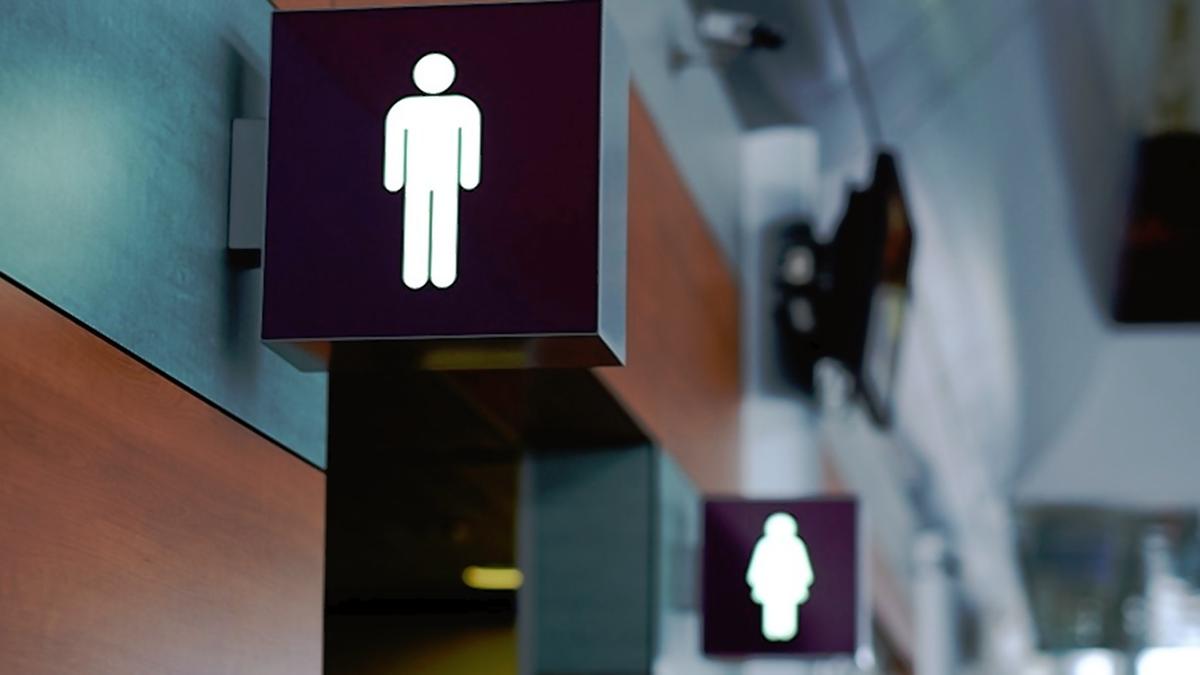Now Reading: Top 6 UI Tweaks to Enhance Your Chromebook
-
01
Top 6 UI Tweaks to Enhance Your Chromebook
Top 6 UI Tweaks to Enhance Your Chromebook

quick Summary
- The article discusses ways to enhance the default Chromebook interface through customization.
- Relocate/Auto-Hide Shelf: Users can move the Chromebook Shelf (analogous to Windows taskbar) to the left or right side of the screen, and enable an auto-hide feature for greater screen space efficiency. Relocation is done by right-clicking and choosing “Shelf Position.” Auto-hide activates with “Autohide Shelf.”
- Pin/Unpin Apps on Shelf: Users can pin frequently used apps, files, folders, or media controls directly to their Chromebook’s Shelf for quicker access. To pin/unpin items, use a right-click menu option on the item.
Images accompanying this article illustrate changes like relocating and pinning apps on ChromeOS:
!Image 1 – Changing position of shelf
!Image 2 – Pinning app on shelf
Indian Opinion Analysis
ChromeOS continues gaining traction worldwide as a lightweight yet efficient operating system designed primarily for web-centric usage. Customization features like relocating shelves or pinning frequently used apps reflect growing recognition of diverse user preferences in multitasking environments. for India-a burgeoning digital market-these updates signal potential adoption among tech-savvy students and professionals seeking productivity-focused devices at affordable costs. While fully optimizing customization appeals broadly, it bolsters ChromeOS’s position in competing against entrenched systems like Windows in budget setups catering primarily to educational needs.
For further details on customization techniques: Read moreQuick Summary
- ChromeOS Light and Dark Themes: ChromeOS provides the ability to switch between light and dark themes for eye comfort. Users can opt for an “Auto” feature that adjusts themes based on the time of day.
- Customizing Mouse cursor: The cursor’s size and color can be personalized in chromeos settings, making it useful for individuals with vision challenges or specific preferences. Adjustments can be done under Accessibility > Cursor and Touchpad.
- Display Zoom Adjustment: Users can modify display zoom on smaller screens or to enhance readability by scaling the entire interface, including text and menus.
Indian Opinion Analysis
The personalization features in ChromeOS cater to a broad audience,including those with accessibility needs. By offering customization options like theme switching (for eye health), cursor modifications (to support visibility), and display zoom adjustments (to aid readability), ChromeOS ensures inclusivity in its design ethos. For Indian consumers-where visual impairments or affordability constraints sometimes influence tech adoption-these features underscore how technology continues evolving towards worldwide usability. Future developments should continue centering user adaptability across diverse populations.
—
Images from original article are referenced but not included.
Quick Summary
- The article highlights various settings in ChromeOS to improve productivity and personalization.
- Chromebook users can adjust display zoom and text size to enhance readability, focus, and reduce eye strain.
- A Daily Refresh feature allows users to set wallpapers from Google’s curated image collections that change automatically each day.
- Steps for enabling Daily Refresh: Right-click on the desktop → Select “Set Wallpaper & Style” → Choose a collection → Enable “Change Daily.”
- These customizations aim to optimize user comfort, aesthetic appeal, and workflow efficiency.
Images included:
- Adjustment of display zoom and text size settings on Chromebook:
!Changing the display zoom and text size in Chromebook settings
- Selecting a wallpaper with daily refresh functionality:
!Selecting a wallpaper and setting it to change daily in ChromeOS
Indian Opinion Analysis
The article underscores how small but impactful adjustments in digital interfaces can considerably contribute to user experience. For India’s growing base of tech-savvy professionals and students adopting Chromebooks due to affordability, these tips might resonate well. Enhanced readability through display optimization is notably relevant as screen usage increases across education sectors during remote learning phases.
Moreover, customizable elements like rotating wallpapers cater not just to aesthetics but cultivate engagement-small changes linked strongly with mental refreshment amid long work or study sessions. Such attention from platforms like Google helps bridge usability standards across diverse demographics globally.
For India specifically, where technology accessibility matters greatly at affordable costs, features such as these reflect inclusivity by addressing both personal preferences (like appearance) alongside functional necessities (ergonomic comfort). Organizations prioritizing ease of use could take similar cues for app design catering local needs comprehensively while supporting productivity scalability effectively.
























